What do you actually do? – Niclas Riepshoff
Niclas Riepshoff may have only moved from Hamburg to Berlin last summer, but it’s clear that he’s settled in just fine. Not only has he found a place to live — a spacious two-room apartment in Kreuzberg that doubles as a studio — but he also had his first solo exhibition in the city earlier this year at Stadium, a small project space on Potsdamer Straße with a reputation for presenting emerging artists. When we meet, the show is closed due to Covid-19 restrictions, so instead Riepshoff and I sit together, coffee in hand, flicking through pictures on his laptop. Taking its name from Die Zweite Hand, a defunct listings newspaper that used to be produced where Stadium is now located, the exhibition brought history to life through a series of site-specific, wall-based panels, which combined old pages of the Die Zweite Hand with blinking LEDs. “The lights were connected with a mini-computer so they would light up in different rhythms,” the artist explains. “I wanted it to look like information, coming in and coming out — that the lights were somehow embedded in or connected to something outside room.”
This interest in communication, between works, eras, people, and places, is a recurring theme in Riepshoff’s predominately sculptural output. For his BA graduate exhibition at the HFBK University of Fine Arts in Hamburg, for instance, the artist remade two Jugendstil sculptures that stand in front of the university’s grand entrance in papier-mâché (This is How we Stand, 2017). In the hands of another artist, this might seem somewhat hubristic, but there’s a lightness to Riepshoff’s intervention that comes from the straightforwardness of his approach and his tendency to work with materials more closely associated with crafts than fine arts. “I'm often starting from the point of asking myself: Where am I right now? What information is around me? What resources can I use?” he explains. “I often see something that I then try to repeat, and through this repetition it inevitably transforms into something else.”
Such an approach was also reflected in Riepshoff’s second solo exhibition of the year, which took place at the Hamburg gallery 14 a. Titled Berliner Öfen (Berliner ovens), the show featured a series of small replicas of traditional ceramic coal-burning ovens (in German Kachelofen). Before the invention of furnaces and central heating, these ovens were the only source of warmth in apartments throughout Central and Eastern Europe. Riepshoff got the idea for the sculptures, he tells me, from his own apartment search in Berlin, where 30,000 estimated apartments are still heated with Kachelöfen, as well as a prior experience in the city. “I was visiting my friend in Schöneberg when he said, ‘Wait a second I have to make it warm here,’ and started shoveling coals into his oven,” Riepshoff remembers. “It was like two parallel worlds: he has a super fancy computer and then this really old-fashioned way of staying warm.” Although it might seem strange, there is also a practical reason for not opting or asking for an upgrade: “When you have one of these ovens your rent is much cheaper,” the artist explains. “Taking them out can give your landlord an excuse to raise the rent.”
For the exhibition, Riepshoff drastically reduced the size of these “massive interior objects” to create “small, kind of cute sculptures” with built-in heating systems that made them hot to the touch. Playing with scale and adding “live” elements, like heating, are techniques Riepshoff frequently employs. Alongside the LED works at Stadium, for example, the artist also included two over two-meter high Papier-mâché replicas of E.T.’s glowing finger. Riepshoff brought in this external reference, he tells me, to avoid the exhibition becoming “too hermetic,” but it was also a way to encourage visitors to have a physical response to his sculptures — something that might be missing in their day-to-day art viewing experiences.
“We're very much limited to tiny squares—well maybe not limited, but we often agree on experiencing art in that digital way,” he says. “When I make work, I want to escape that sphere, even if just to have a different experience within my day.”
The desire to disrupt static viewing experiences is extended through the sculptures’ live elements, which, in addition to heat, have also included light and sound. “I always tend make something that is not really captured in the documentation of the artwork, to have one layer that is inaccessible through the circulation of the work online,” Riepshoff says. “For ‘Berliner Öfen,’ the tactility provides that layer. You are supposed to touch the sculptures and get a warm sensation that produces different bodily reactions and triggers emotions.”
Given this focus on tactility, it seems especially cruel that both of Riepshoff’s exhibitions had to close early due to social distancing restrictions. But after a busy year, the artist has wisely used the downtime as a chance to regroup and think about new projects. “In the beginning of lockdown, I thought I was going to get everything done,” he says with a smile, “then I decided to embrace not doing anything because when does that ever happen?”
Niclas Riepshoff is an artist based in Berlin. He studied at the HFBK from 2013-17 and 2018-19 with Andreas Slominski and Jutta Koether.
HFBK graduate Chloe Stead, together with the photographer and also HFBK graduate Jens Franke, met former HFBK students to talk about work, life and art. It is part of a series of interviews for the website of HFBK Hamburg.










 What do you actually do? – Mirjam Thomann
What do you actually do? – Mirjam Thomann
 What do you actually do? – Monika Grzymala
What do you actually do? – Monika Grzymala
 What do you actually do? – Mads Lindberg
What do you actually do? – Mads Lindberg
 What do you actually do? – Astrid Kajsa Nylander
What do you actually do? – Astrid Kajsa Nylander











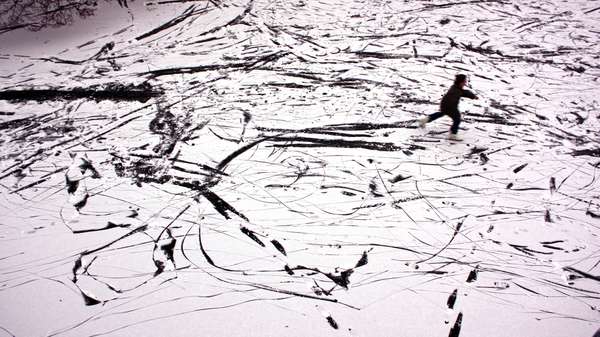
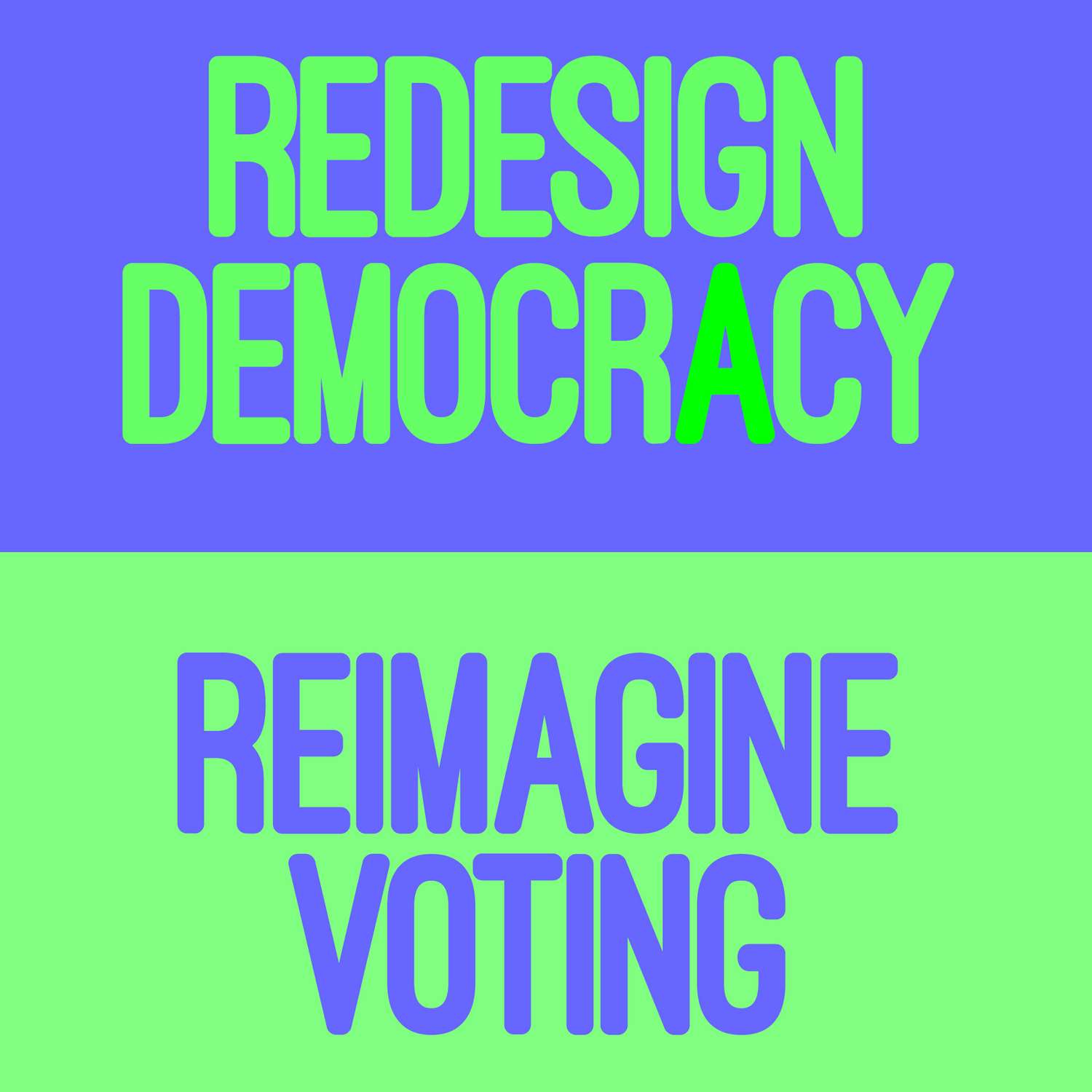
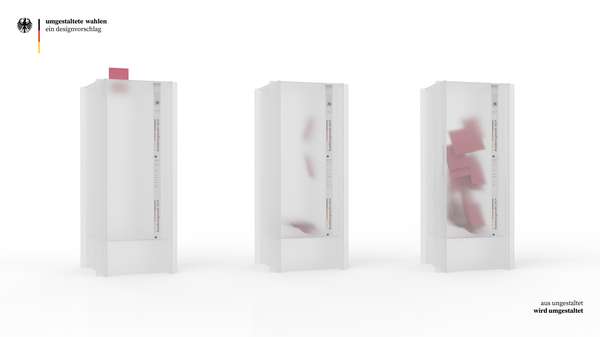






















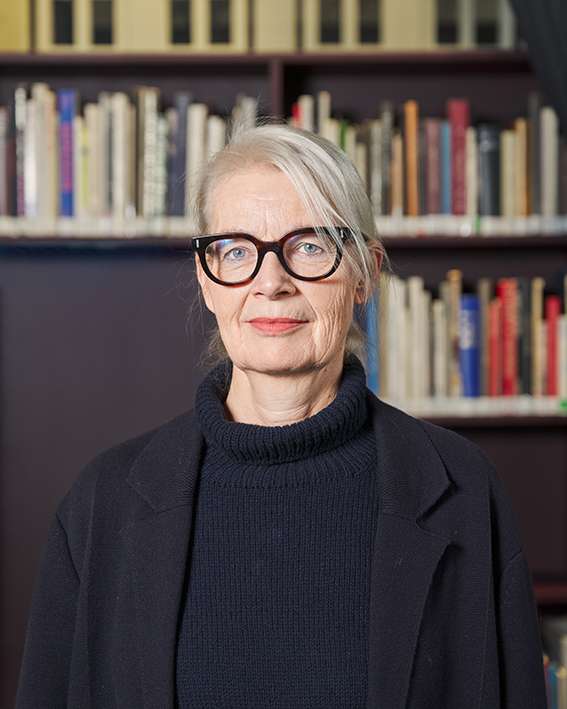









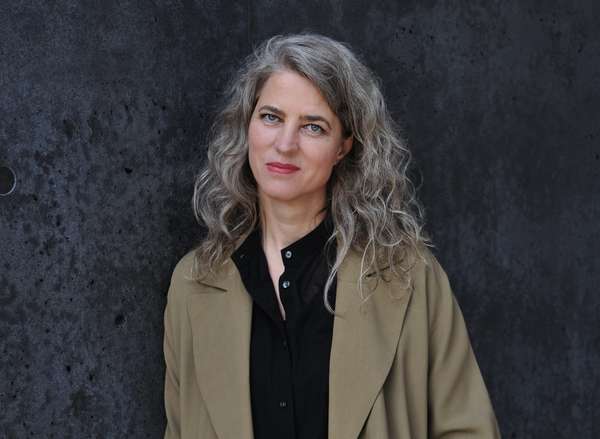




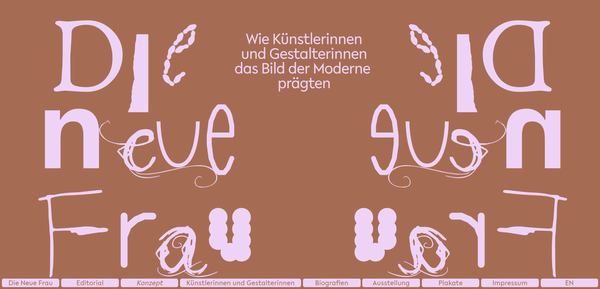

















































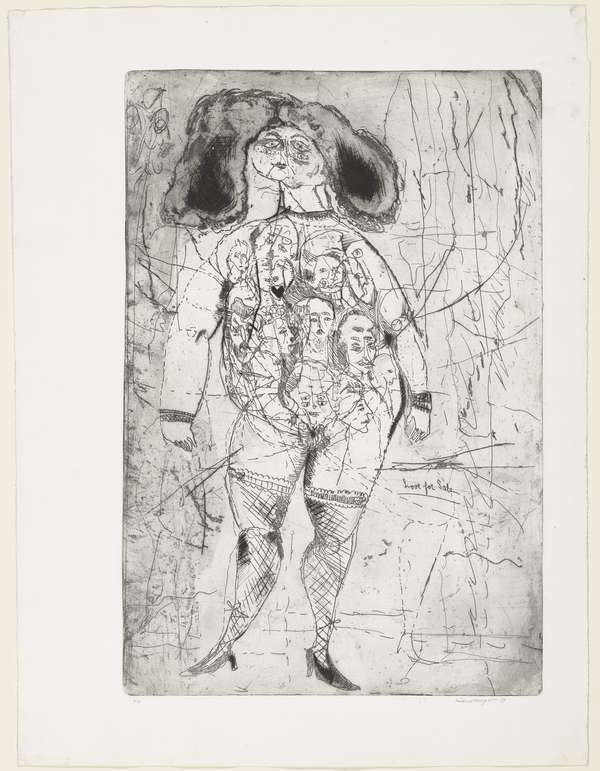



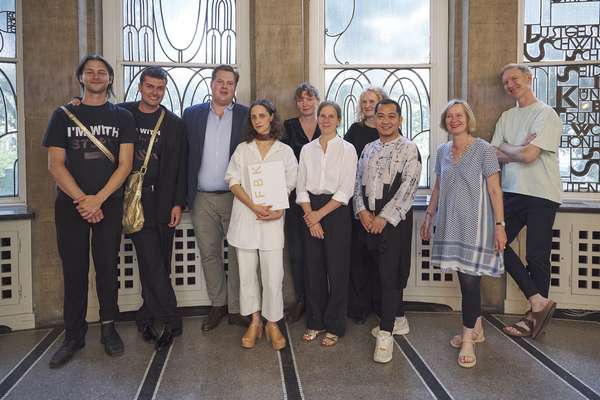



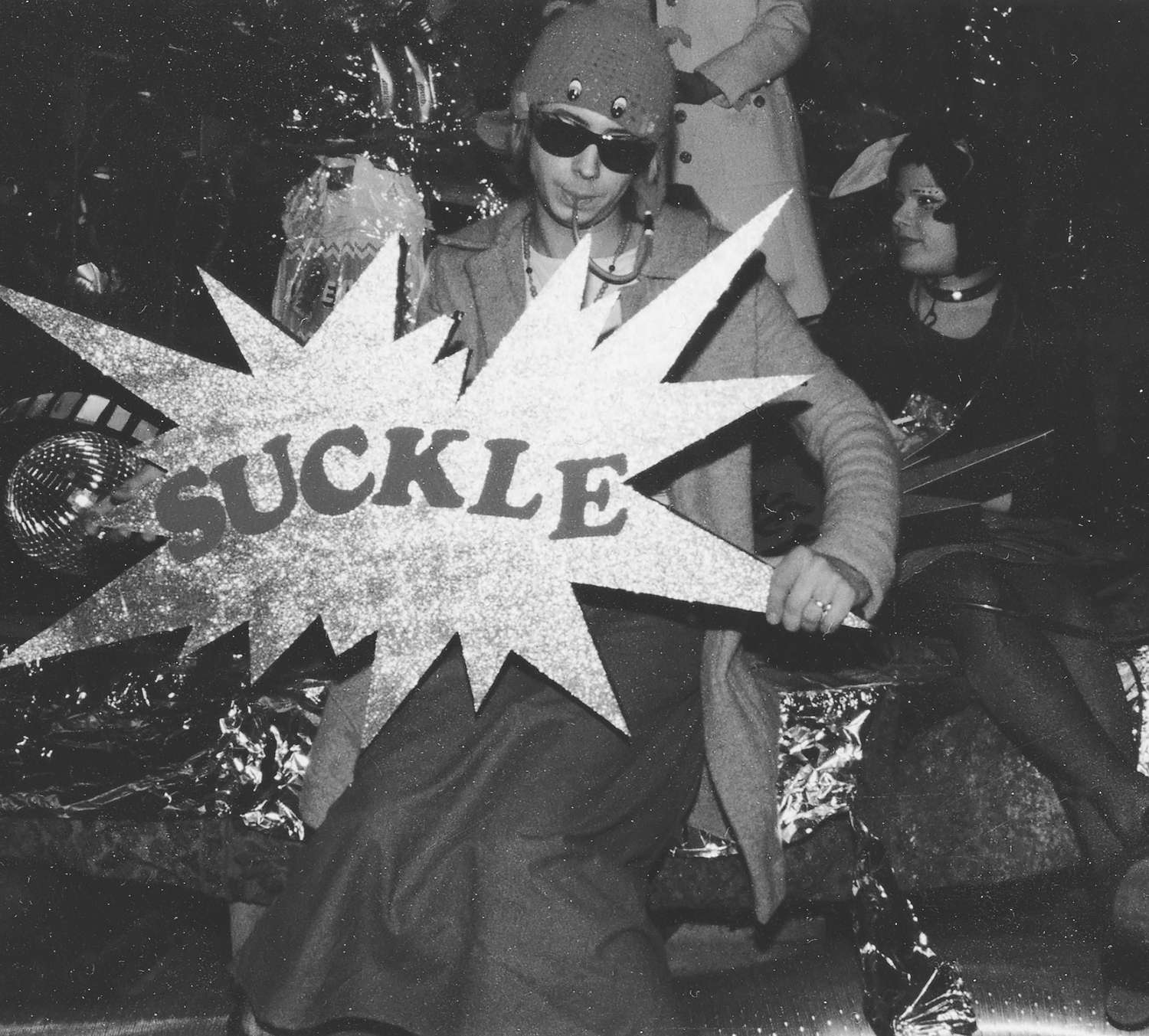





















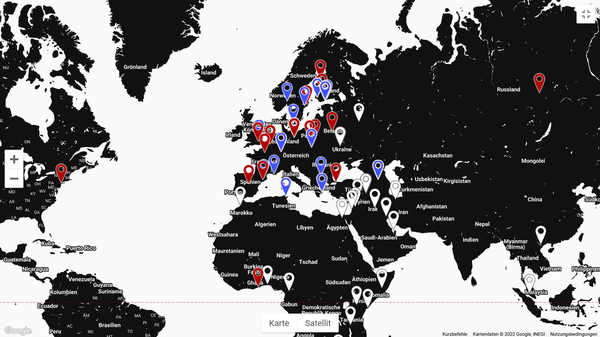











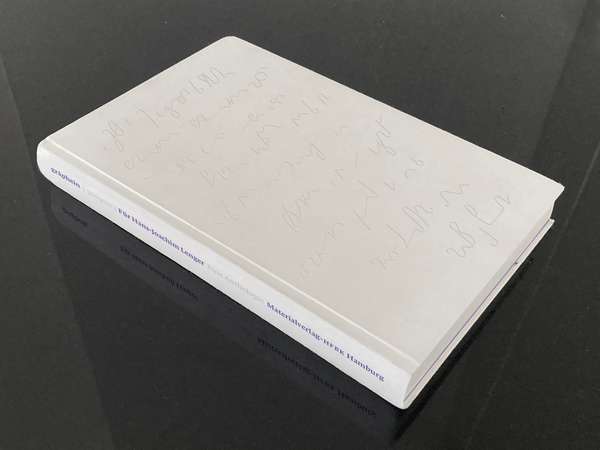



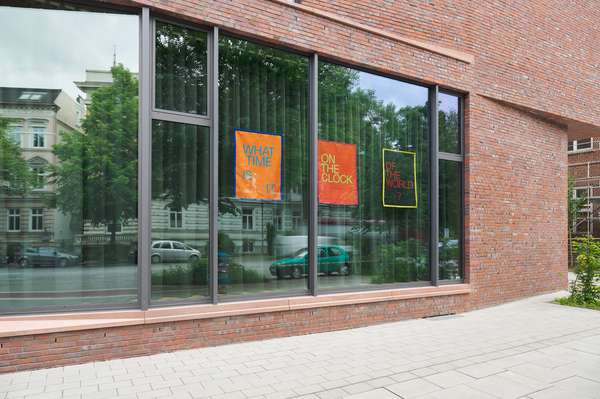


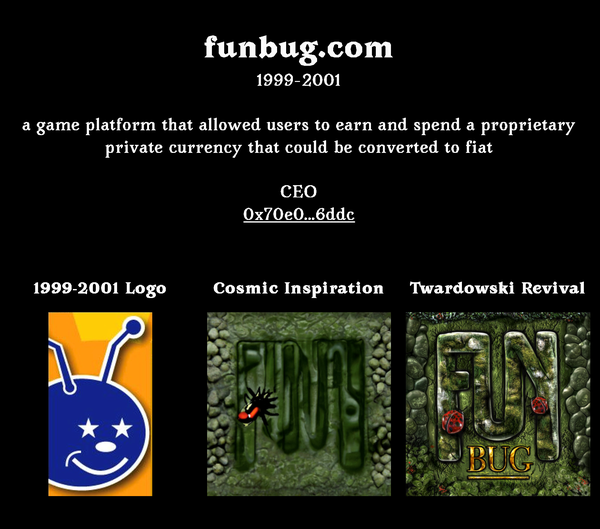







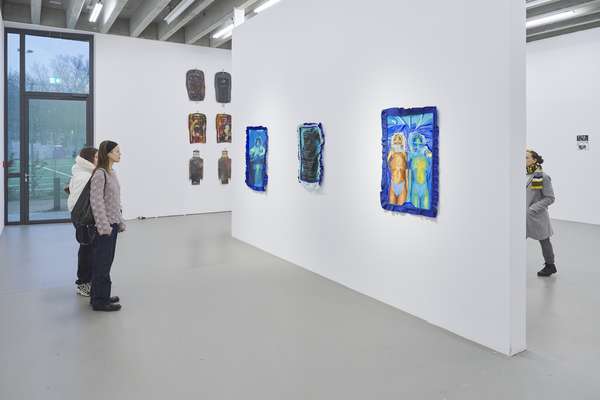



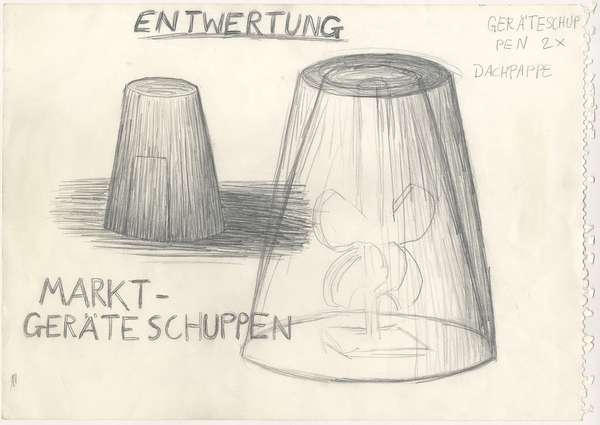











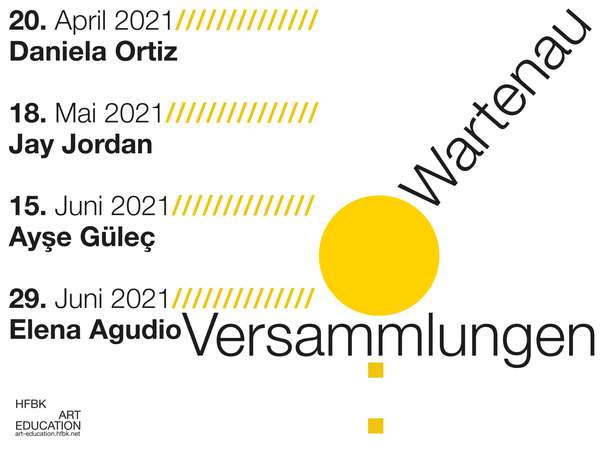











































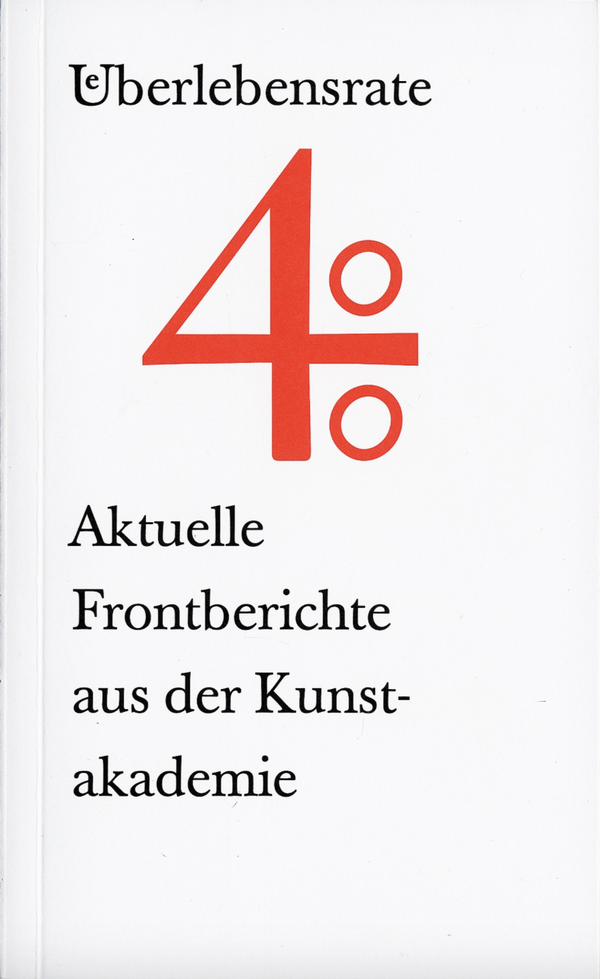




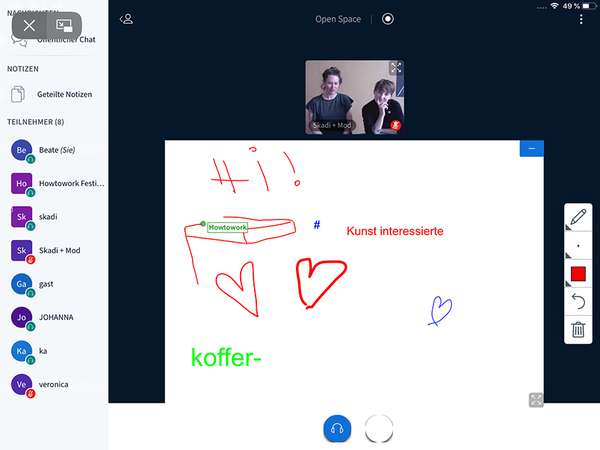


 Graduate Show 2025: Don't stop me now
Graduate Show 2025: Don't stop me now
 Long days, lots to do
Long days, lots to do
 Cine*Ami*es
Cine*Ami*es
 Redesign Democracy – competition for the ballot box of the democratic future
Redesign Democracy – competition for the ballot box of the democratic future
 Art in public space
Art in public space
 How to apply: study at HFBK Hamburg
How to apply: study at HFBK Hamburg
 Annual Exhibition 2025 at the HFBK Hamburg
Annual Exhibition 2025 at the HFBK Hamburg
 The Elephant in The Room – Sculpture today
The Elephant in The Room – Sculpture today
 Hiscox Art Prize 2024
Hiscox Art Prize 2024
 The New Woman
The New Woman
 Doing a PhD at the HFBK Hamburg
Doing a PhD at the HFBK Hamburg
 Graduate Show 2024 - Letting Go
Graduate Show 2024 - Letting Go
 Finkenwerder Art Prize 2024
Finkenwerder Art Prize 2024
 Archives of the Body - The Body in Archiving
Archives of the Body - The Body in Archiving
 New partnership with the School of Arts at the University of Haifa
New partnership with the School of Arts at the University of Haifa
 Annual Exhibition 2024 at the HFBK Hamburg
Annual Exhibition 2024 at the HFBK Hamburg
 (Ex)Changes of / in Art
(Ex)Changes of / in Art
 Extended Libraries
Extended Libraries
 And Still I Rise
And Still I Rise
 Let's talk about language
Let's talk about language
 Graduate Show 2023: Unfinished Business
Graduate Show 2023: Unfinished Business
 Let`s work together
Let`s work together
 Annual Exhibition 2023 at HFBK Hamburg
Annual Exhibition 2023 at HFBK Hamburg
 Symposium: Controversy over documenta fifteen
Symposium: Controversy over documenta fifteen
 Festival and Symposium: Non-Knowledge, Laughter and the Moving Image
Festival and Symposium: Non-Knowledge, Laughter and the Moving Image
 Solo exhibition by Konstantin Grcic
Solo exhibition by Konstantin Grcic
 Art and war
Art and war
 Graduate Show 2022: We’ve Only Just Begun
Graduate Show 2022: We’ve Only Just Begun
 June is full of art and theory
June is full of art and theory
 Finkenwerder Art Prize 2022
Finkenwerder Art Prize 2022
 Nachhaltigkeit im Kontext von Kunst und Kunsthochschule
Nachhaltigkeit im Kontext von Kunst und Kunsthochschule
 Raum für die Kunst
Raum für die Kunst
 Annual Exhibition 2022 at the HFBK
Annual Exhibition 2022 at the HFBK
 Conference: Counter-Monuments and Para-Monuments.
Conference: Counter-Monuments and Para-Monuments.
 Diversity
Diversity
 Live und in Farbe: die ASA Open Studios im Juni 2021
Live und in Farbe: die ASA Open Studios im Juni 2021
 Unlearning: Wartenau Assemblies
Unlearning: Wartenau Assemblies
 School of No Consequences
School of No Consequences
 Annual Exhibition 2021 at the HFBK
Annual Exhibition 2021 at the HFBK
 Semestereröffnung und Hiscox-Preisverleihung 2020
Semestereröffnung und Hiscox-Preisverleihung 2020
 Teaching Art Online at the HFBK
Teaching Art Online at the HFBK
 HFBK Graduate Survey
HFBK Graduate Survey
 How political is Social Design?
How political is Social Design?